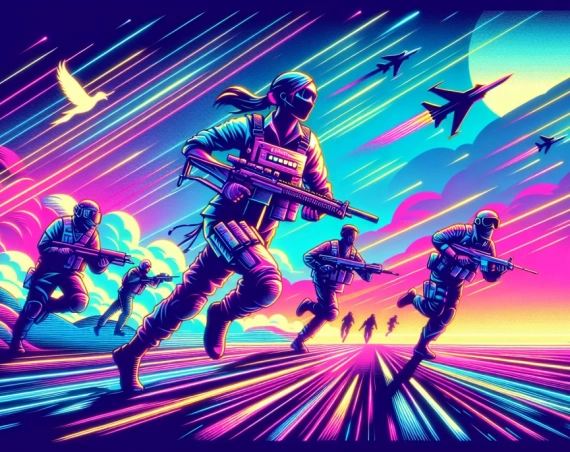
The Grand Theft Auto (GTA) series, developed by Rockstar Games, is unarguably one of the most influential and controversial franchises in the history of video games. Since its inception in 1997, GTA has not only revolutionized the concept of open-world gameplay but also consistently pushed the boundaries of storytelling, immersion, and freedom within the digital space. The series has been praised for its satirical portrayal of American culture, dark humor, and the unprecedented freedom it offers to players, allowing them to explore vast, detailed worlds that mimic the complexities of real life.
GTA’s journey from a top-down, arcade-style game to a series that boasts some of the most detailed and expansive open-world environments ever created is a testament to the vision and innovation of its developers. With each installment, Rockstar Games has managed to captivate millions of players worldwide, creating not just a game but a phenomenon that transcends the boundaries of traditional gaming, influencing movies, music, and popular culture at large.
However, the path to success was not without its challenges and controversies. From debates over its violent content and portrayal of women to legal battles, GTA has been at the center of public discourse, sparking conversations about the impact of video games on society. Despite this, or perhaps because of it, the series has remained a staple of video game excellence, continuously evolving with each new title.
As we delve into the history of GTA, we will explore the origins of the series, its major installments, controversies, cultural impact, and legacy, shedding light on how it became a defining feature of modern gaming culture.
The story of Grand Theft Auto begins not with car chases and crime sprees, but with a small team of developers in Dundee, Scotland, who set out to create a game unlike any other. Initially developed by DMA Design (now known as Rockstar North), the first GTA game was born from a concept far removed from the criminal underworld; it was envisioned as a simple racing game. However, during its development, a glitch that caused police cars to aggressively pursue the player transformed the game’s direction entirely, laying the foundation for what would become the hallmark of the series: chaos, freedom, and a touch of anarchy in an urban setting.
Origins and Early Development
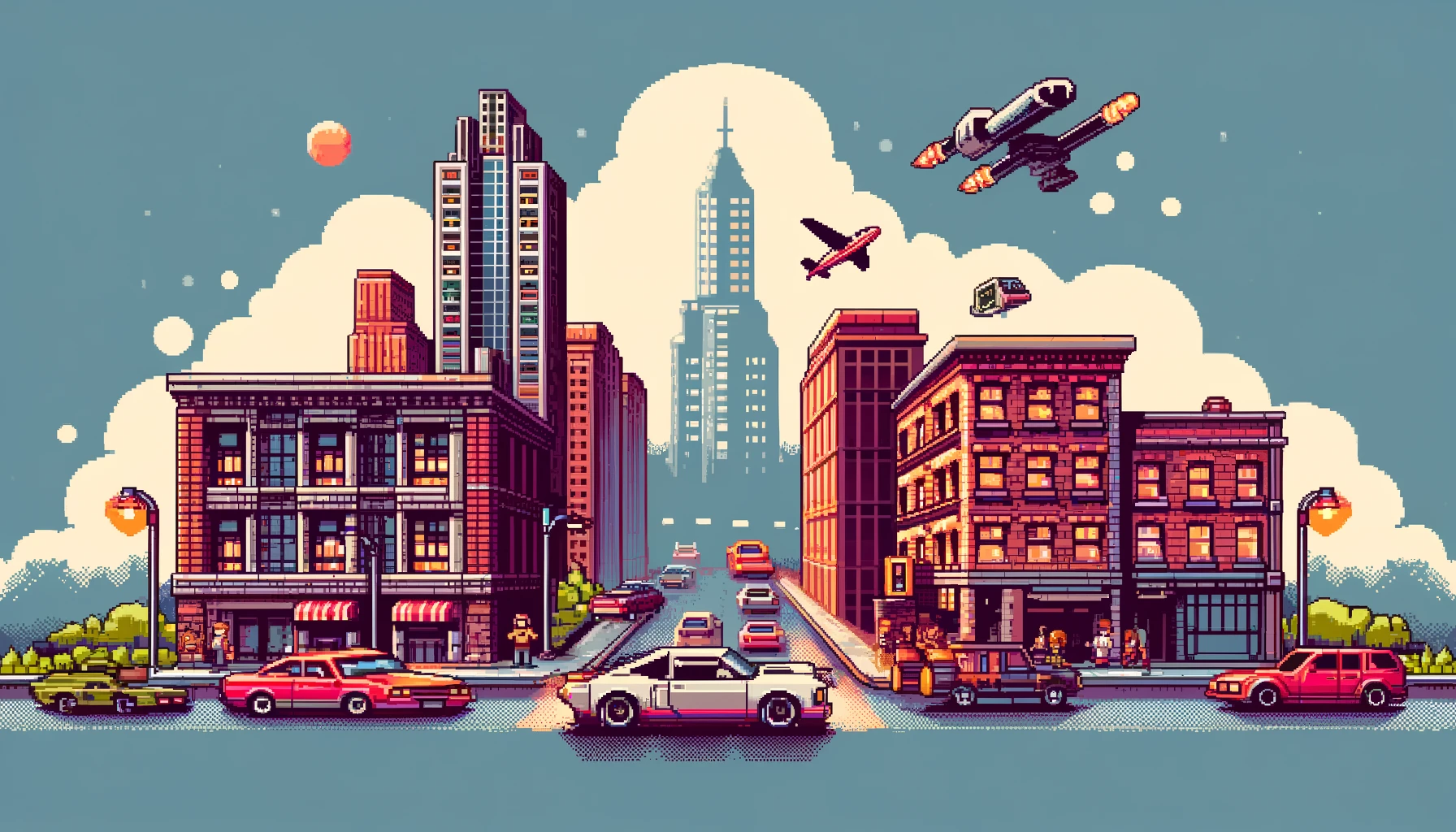
Released in 1997, the original Grand Theft Auto featured a top-down perspective, offering players the unprecedented freedom to explore three fictional cities inspired by real-life locations. Despite its simple graphics and the controversial nature of its content, the game broke new ground by allowing players to undertake missions for various crime syndicates, a revolutionary concept at the time.
This innovative approach to gameplay, combined with the game’s open-world design, set the stage for future titles. However, GTA’s journey was fraught with challenges, including pushback from various sectors of society who were concerned about the game’s violent content and the message it purportedly sent. Nonetheless, the controversy only served to fuel the game’s popularity, solidifying its place in gaming culture.
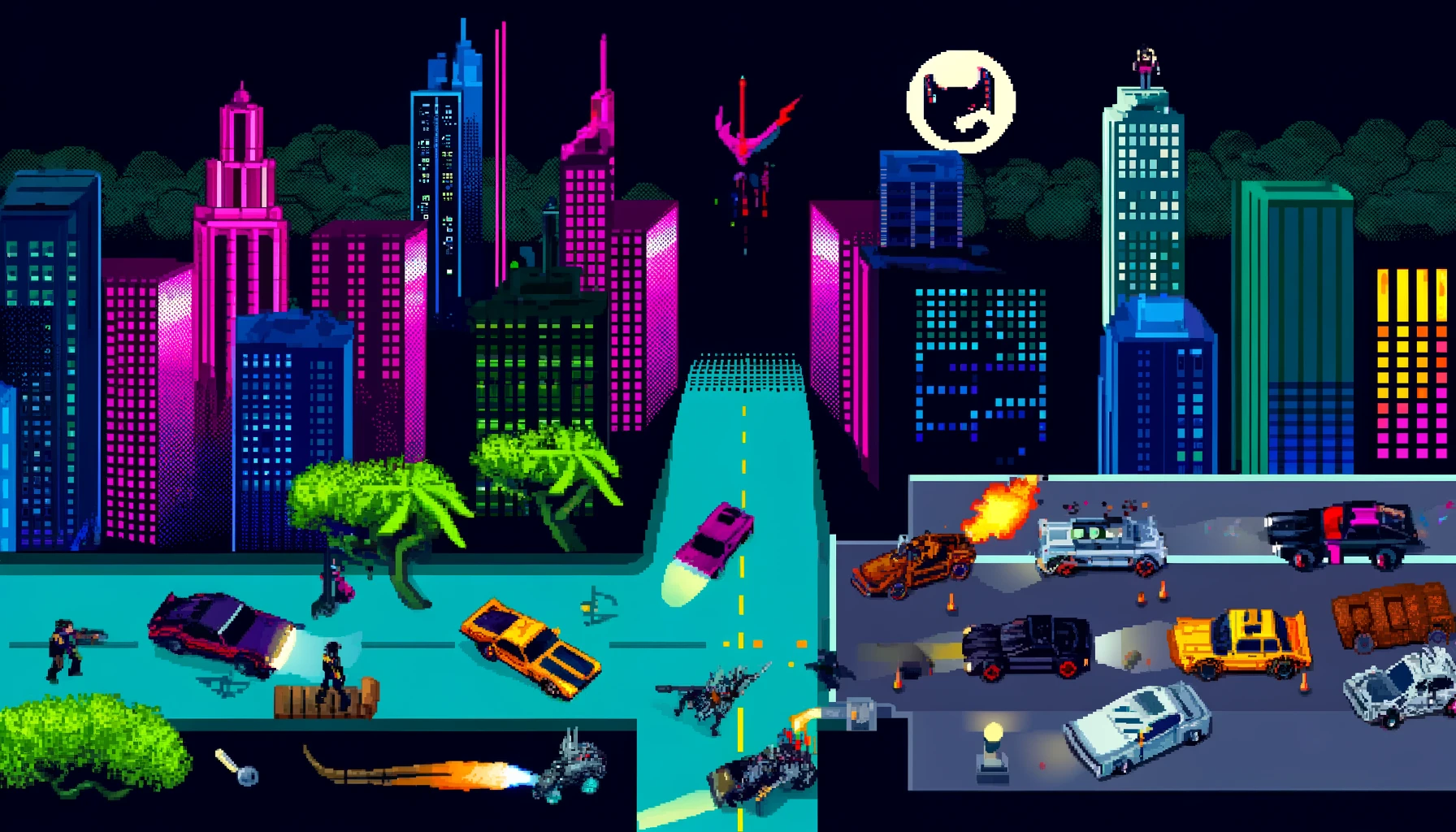
The release of GTA 2 in 1999 refined the original’s formula, introducing a more developed narrative and the concept of gang warfare, which allowed players to align with different factions for the first time. Though still presented in a top-down view, the game offered enhanced graphics, more vehicles, and a deeper level of interaction with the game world. It was a critical and commercial success, but it was the next installment that would truly change the gaming landscape forever.
The early development of GTA set a precedent for innovation, risk-taking, and the pushing of boundaries—themes that would continue to define the series. The transition from a glitch in a racing game prototype to a groundbreaking open-world experience is a testament to the creativity and audacity of its developers, who dared to imagine a game where players could live out their wildest fantasies in a digital playground governed by their own rules.
Main Titles in the Series
GTA III
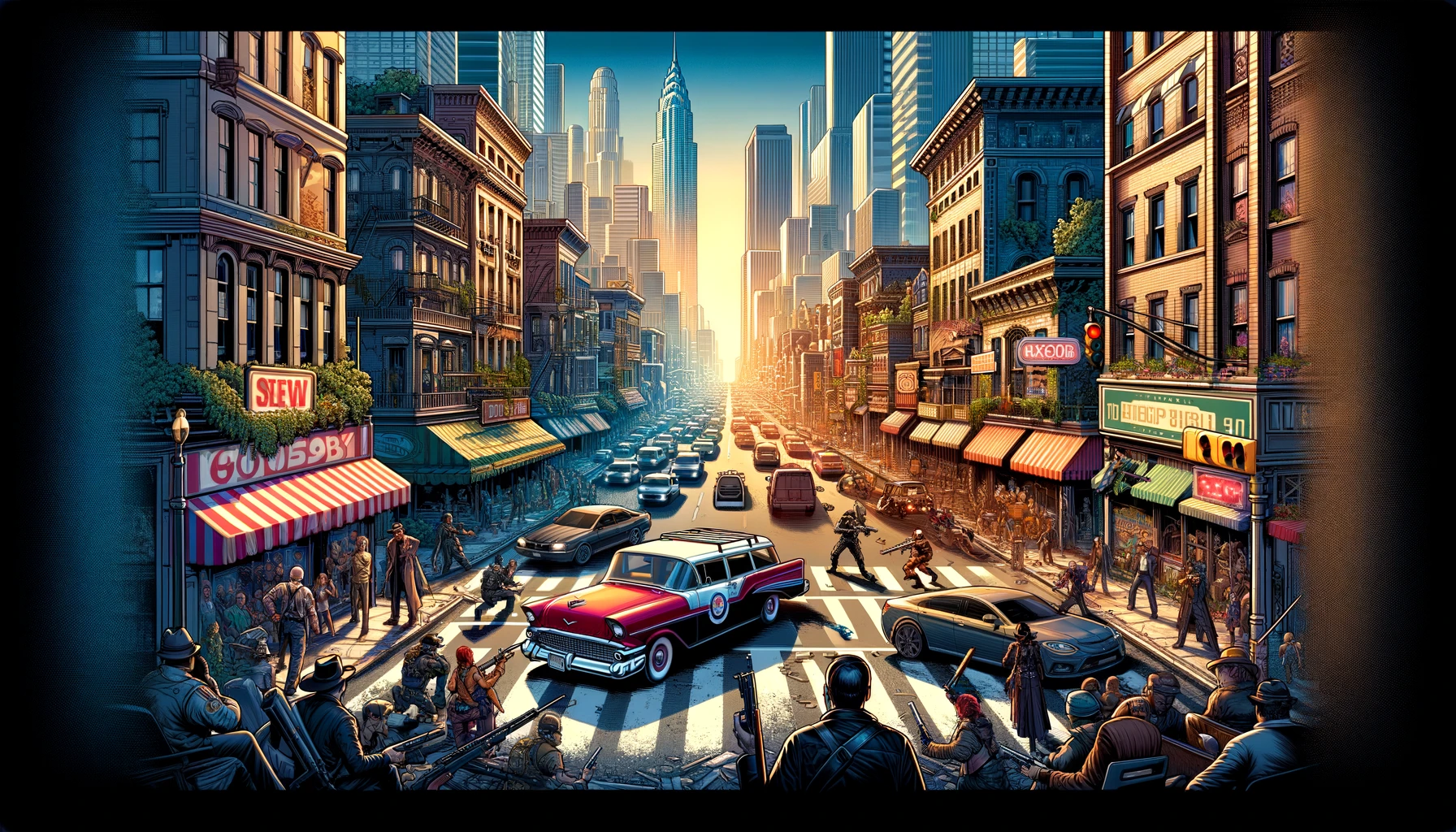
Released in 2001, Grand Theft Auto III marked a monumental shift not just for the series, but for the entire gaming industry. Transitioning from the top-down perspective of its predecessors to a fully realized 3D open world, GTA III set the standard for what an open-world game could be. Set in Liberty City, a fictional metropolis based on New York City, the game offered an unprecedented level of freedom, allowing players to explore a living, breathing city teeming with life and opportunities for chaos.
The narrative depth of GTA III was also a significant leap forward. Players took on the role of Claude, a criminal working his way up the city’s underworld, engaging in various activities from carjacking to bank robberies. The game’s narrative was driven by its missions, which were more integrated into the world itself, offering a seamless blend of storytelling and gameplay.
GTA III’s impact was immediate and profound, receiving widespread critical acclaim and commercial success. It was praised for its expansive open world, narrative depth, and the freedom it offered players. The game’s success laid the groundwork for subsequent titles, each building upon the foundation GTA III had established.
GTA: Vice City & GTA: San Andreas
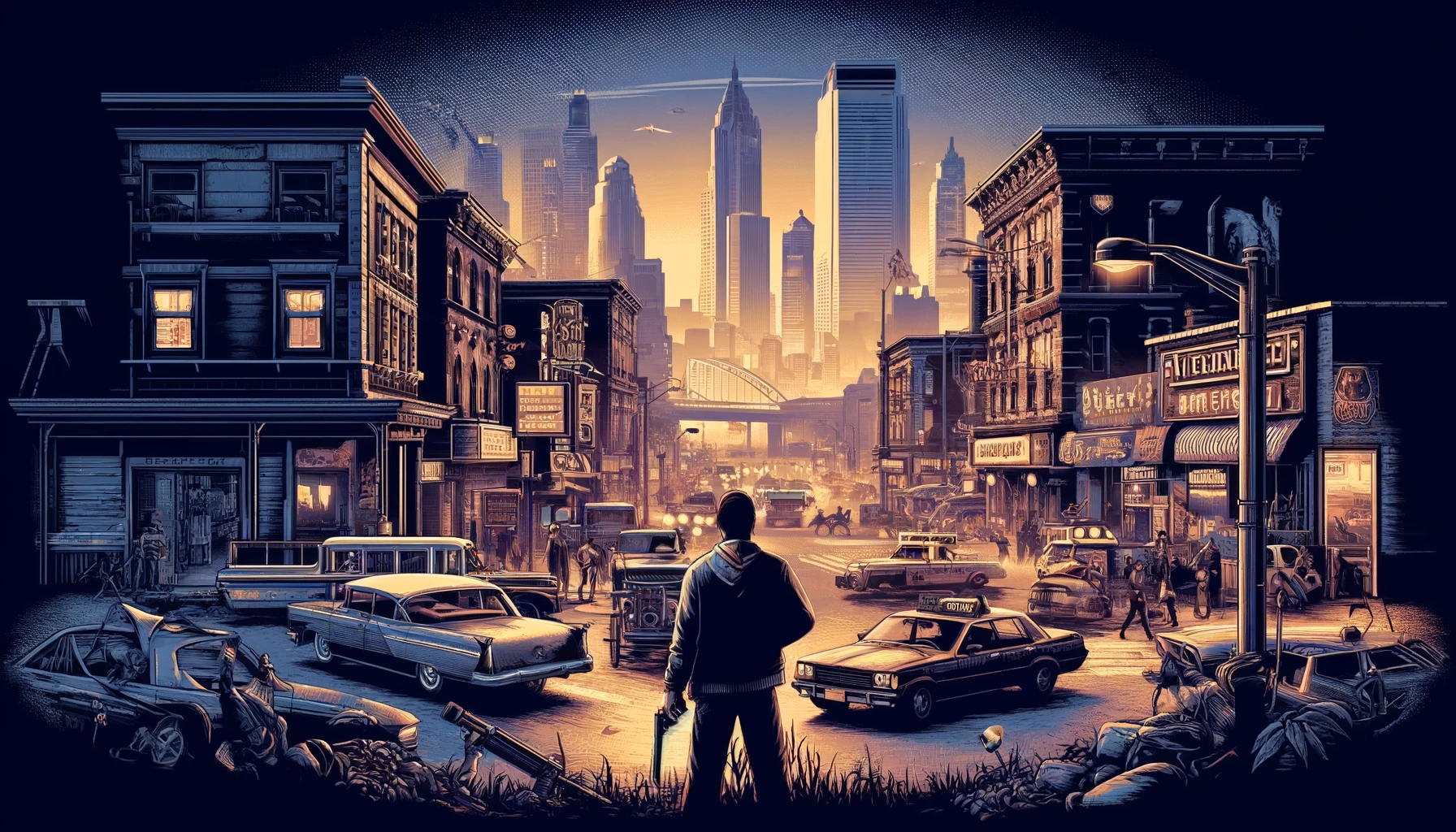
Following the success of GTA III, Rockstar Games released GTA: Vice City in 2002 and GTA: San Andreas in 2004. Vice City transported players to the neon-soaked streets of 1980s Miami, offering a vibrant, pulsating world filled with references to American pop culture, crime films, and the era’s burgeoning drug trade. The game introduced a more engaging narrative, centered around protagonist Tommy Vercetti’s rise through the criminal ranks, set against a backdrop of betrayal, drug trafficking, and gang wars.
GTA: San Andreas, on the other hand, expanded the series’ scope even further. Set in the early 1990s, in a state comprising three major cities and various rural areas, San Andreas introduced CJ Johnson, who returns to his old neighborhood to find his family in disarray and his friends heading towards disaster. The game broke new ground with its dynamic world, incorporating varied terrain from bustling urban centers to desolate deserts. San Andreas added depth to character development with customization options, and it introduced new gameplay elements such as gang wars, extensive vehicle modifications, and physical fitness mechanics.
Both titles were monumental successes, critically and commercially, praised for their ambitious open worlds, storytelling, and the sheer volume of activities available to the player.
GTA IV & Episodes from Liberty City
In 2008, GTA IV brought players back to a newly reimagined Liberty City, now more detailed and realistic than ever before. The game introduced Niko Bellic, an Eastern European immigrant drawn into the city’s underworld while seeking the American dream. GTA IV was acclaimed for its mature narrative, realistic world, and deep themes of freedom, the American dream, and the cost of violence. The game also introduced a more realistic physics engine and a detailed online multiplayer mode, expanding the series’ gameplay possibilities.
The release of two expansion packs, “The Lost and Damned” and “The Ballad of Gay Tony,” under the title Episodes from Liberty City, further enriched GTA IV’s narrative, introducing new characters and perspectives to the sprawling city.
GTA V & GTA Online
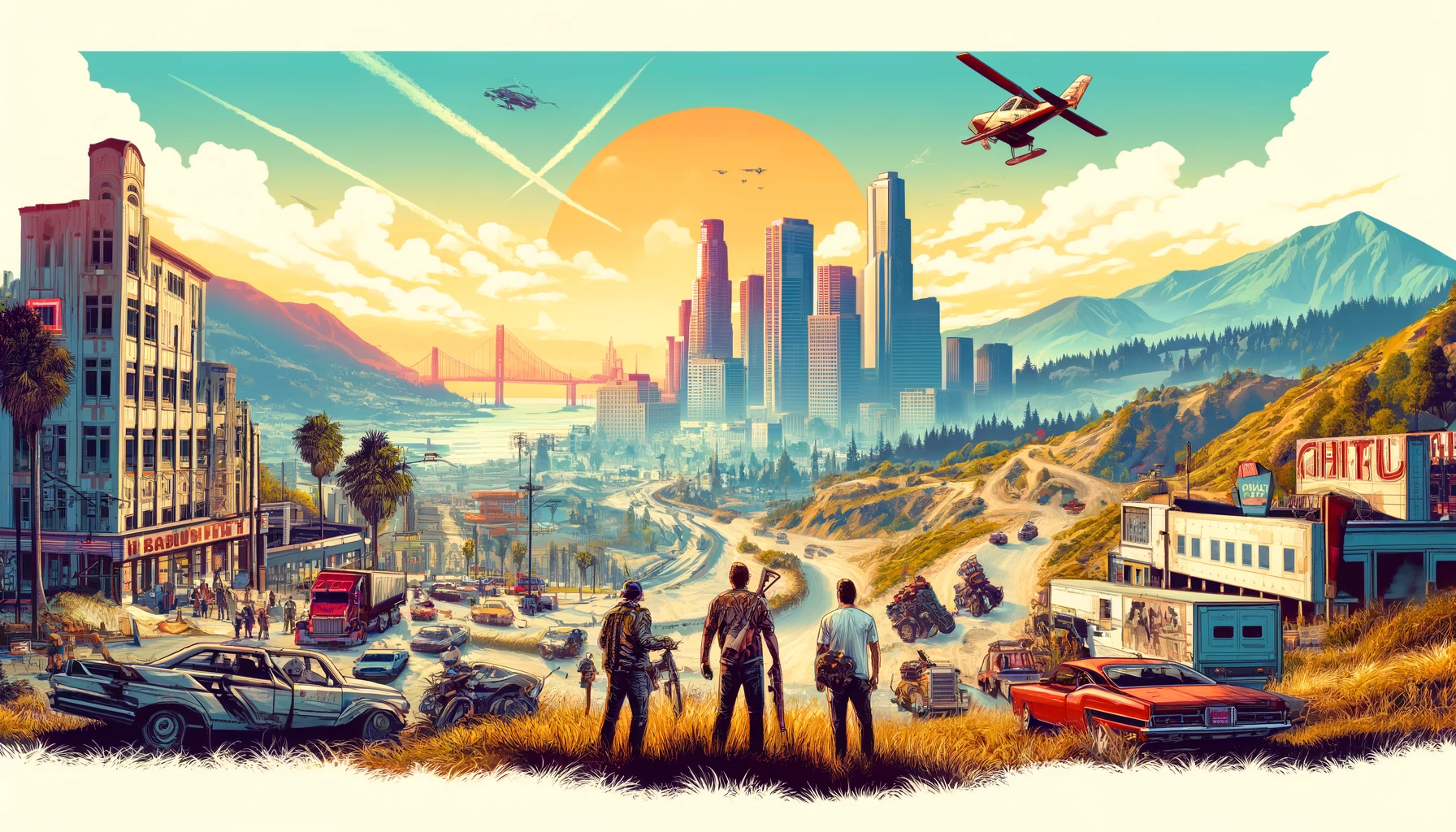
GTA V, released in 2013, set new benchmarks for the series and the industry. Set in the sprawling state of San Andreas, specifically in the fictional city of Los Santos (based on Los Angeles), the game introduced three playable protagonists – Michael, Trevor, and Franklin – each with their own distinct stories interwoven through the game’s narrative. This innovation allowed for a dynamic storytelling experience, shifting perspectives between characters both during missions and in the expansive open world.
GTA V was not just a commercial behemoth; it was a critical darling, praised for its satirical take on the American dream, its detailed world, and the freedom it provided. The game’s technical achievements, combined with its deep, engaging narrative, set a new standard for open-world games.
The introduction of GTA Online, a dynamic and persistent online world for up to 30 players, represented an ambitious expansion of the GTA universe. Players could engage in missions, races, complex heists, and other activities, creating their narratives within the GTA framework. GTA Online has become a phenomenon in its own right, continuously updated with new content, keeping the game fresh and engaging for a vast player base.
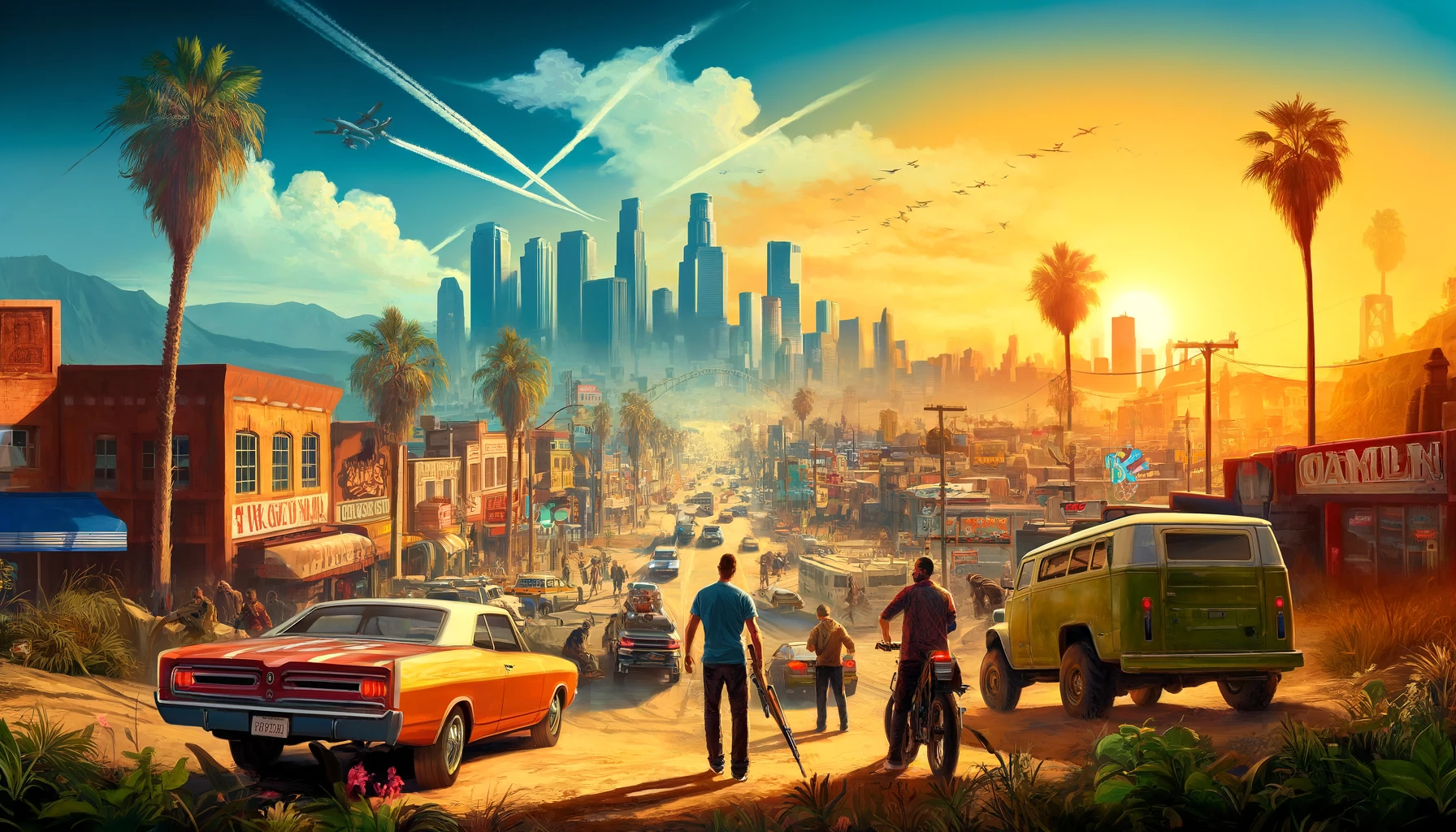
Controversies Surrounding the Series
Since its inception, the Grand Theft Auto series has been at the center of numerous controversies, primarily due to its depiction of violence, crime, and other mature themes. Critics argue that the games glorify criminal behavior, desensitize players to violence, and portray women and minorities in a negative light. These controversies have sparked debates about the impact of video games on society, with GTA often cited as a prime example of gaming’s potential to influence real-world behavior.
Violence and Crime: The series has been criticized for its graphic depiction of violence and the freedom it gives players to engage in criminal activities. From carjacking and murder to bank heists and drug trafficking, GTA allows players to commit a wide range of virtual crimes, often with few consequences. Critics argue that this could encourage impressionable players to emulate such behavior in the real world, though studies on the subject have found no direct link between video game violence and real-world violence.
Portrayal of Women: GTA has also been criticized for its portrayal of women, who are often depicted as sex objects or peripheral characters. The games’ use of prostitutes, in particular, has been a point of contention, with critics arguing that it perpetuates harmful stereotypes and contributes to a culture of misogyny.
Legal Battles and Bans: The controversies surrounding GTA have led to legal battles and the banning of the games in several countries. Notably, GTA: San Andreas faced significant backlash and legal action over the “Hot Coffee” mod, which unlocked a hidden sex mini-game. The controversy led to the game being re-rated as Adults Only in the United States and pulled from many retailers’ shelves, resulting in a class-action lawsuit and a settlement by Rockstar Games.
Despite these controversies, or perhaps because of them, the GTA series has remained incredibly popular. Rockstar Games has defended its work as a form of artistic expression, arguing that the games are meant to satirize rather than glorify the violence and criminal behavior they depict. The controversies have sparked important conversations about the role of video games in society, censorship, and the limits of artistic freedom.
Cultural Impact and Legacy
Transcending Gaming: Grand Theft Auto transcended the confines of the gaming world to become a cultural phenomenon, influencing music, television, film, and even real-world behavior. The series’ integration of meticulously curated soundtracks, for example, has not only introduced players to a wide array of music spanning decades and genres but has also influenced music sales and artist popularity. The games’ ability to mirror and satirize contemporary society, while embedding cultural references and critique, has sparked discussions about social and political issues, further solidifying its place in the cultural zeitgeist.
Influence on Other Media: The narrative depth, complex characters, and cinematic presentation of the GTA series have influenced storytelling in other video games and media. The open-world design, where players are free to explore vast landscapes and engage with the environment in a myriad of ways, has become a staple in video game design, inspiring countless games. Furthermore, the series’ success has demonstrated the commercial viability of mature-themed video games, leading to an increase in games targeting adult audiences.
GTA’s Role in Popular Culture: Grand Theft Auto has been referenced and parodied in various forms of media, from TV shows like “South Park” and “The Simpsons” to movies and music videos, indicating its pervasive influence. The series’ iconic status has made it a subject of study in academic circles, where scholars analyze its impact on gaming and culture, discussing themes of freedom, morality, and the American Dream.
Community and Fandom: The GTA community is a testament to the series’ impact, comprising millions of passionate fans who not only play the games but also engage in discussions, create content, and participate in multiplayer events. GTA Online, with its regular updates and player-driven content, has fostered a dynamic online community that has kept the series fresh and relevant years after the original release of GTA V.
Controversy as a Catalyst for Discussion: The controversies surrounding GTA have spurred discussions on video game violence, censorship, and the role of games in society. By challenging societal norms and pushing the boundaries of content in video games, GTA has played a significant role in the ongoing debate about digital media’s impact on real-world attitudes and behaviors, highlighting the medium’s potential for storytelling and cultural commentary.
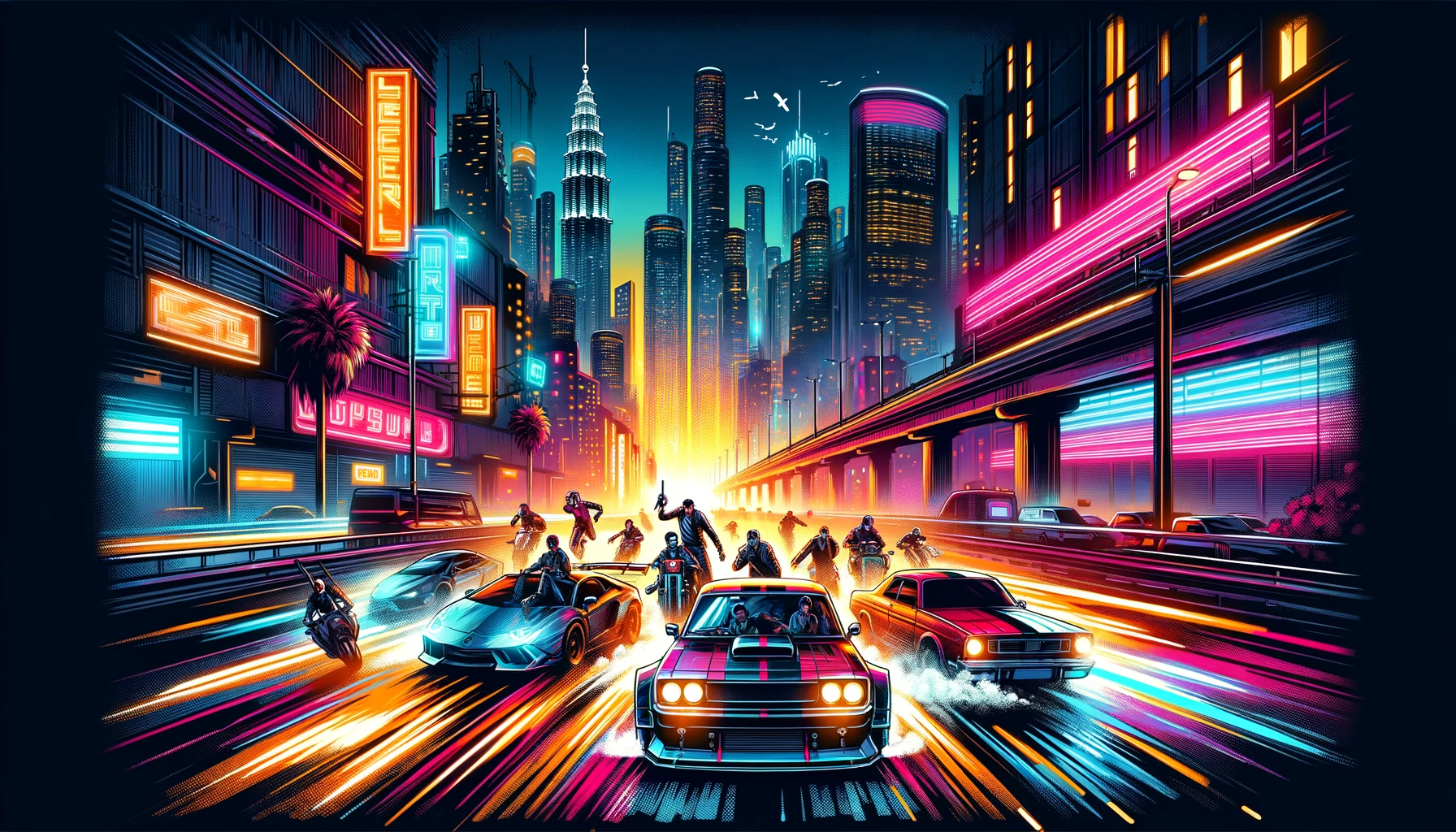
Future Directions and Conclusions
Anticipating the Future of GTA: The future of Grand Theft Auto is a subject of much speculation and anticipation. With the digital landscape continually evolving, the next iterations of GTA are expected to push the boundaries of open-world gameplay even further, leveraging advancements in technology to create even more immersive and detailed game worlds. The success of GTA Online suggests a continued focus on multiplayer experiences, potentially expanding into new forms of online interaction and community engagement. Moreover, as virtual reality technology advances, there’s potential for GTA to explore more immersive storytelling and gameplay experiences.
The ongoing discussions about the game’s content and its impact on players also hint at a future where GTA might delve deeper into nuanced storytelling, possibly addressing some of the criticisms regarding its depiction of violence and social issues. The series has always reflected and satirized the zeitgeist, and as societal attitudes evolve, so too might the themes and narratives explored in GTA.
The Enduring Significance of GTA: The Grand Theft Auto series has indelibly marked the landscape of video gaming and popular culture. Its contributions to the open-world genre, innovative gameplay, and narrative depth have not only defined what a video game can be but have also set a high bar for storytelling and player engagement in digital spaces. GTA has challenged players to think critically about the content they consume, encouraging a deeper consideration of the ethical and societal implications of virtual behavior.
Beyond its technological and narrative achievements, GTA’s greatest legacy may be its unabashed willingness to confront controversy, challenge societal norms, and engage with the darker aspects of human nature. In doing so, it has sparked important conversations about the role of art and entertainment in society, the boundaries of free expression, and the impact of digital worlds on real-world behavior and attitudes.
Conclusion: From its humble beginnings as an innovative yet controversial game, Grand Theft Auto has grown into a cultural behemoth, influencing not only the gaming industry but also music, television, film, and popular culture at large. As we look forward to the future of the series, one thing remains clear: Grand Theft Auto will continue to captivate, challenge, and influence generations of gamers and non-gamers alike. Its history is a testament to the power of video games as a form of entertainment and a medium for cultural commentary, making GTA not just a series of games, but a pivotal part of modern digital culture.

